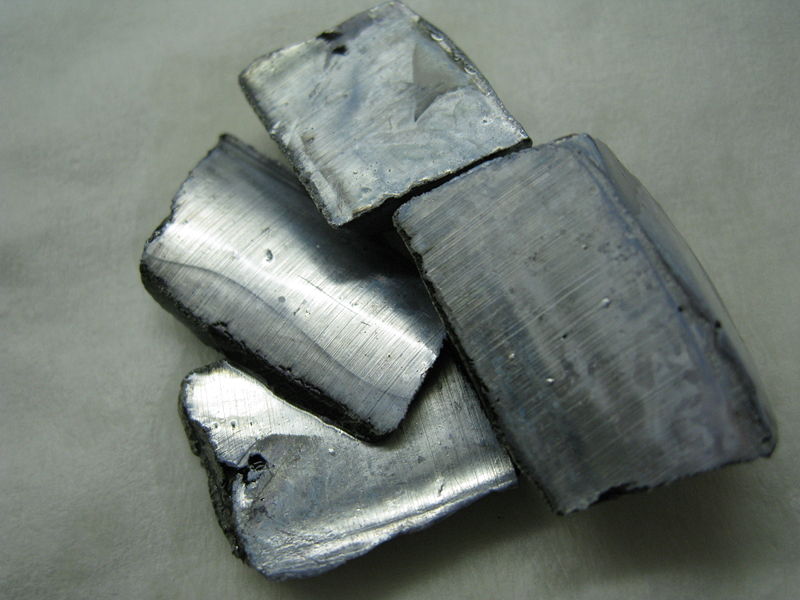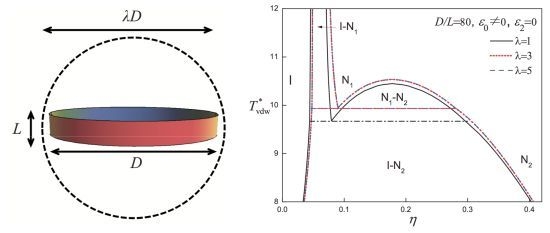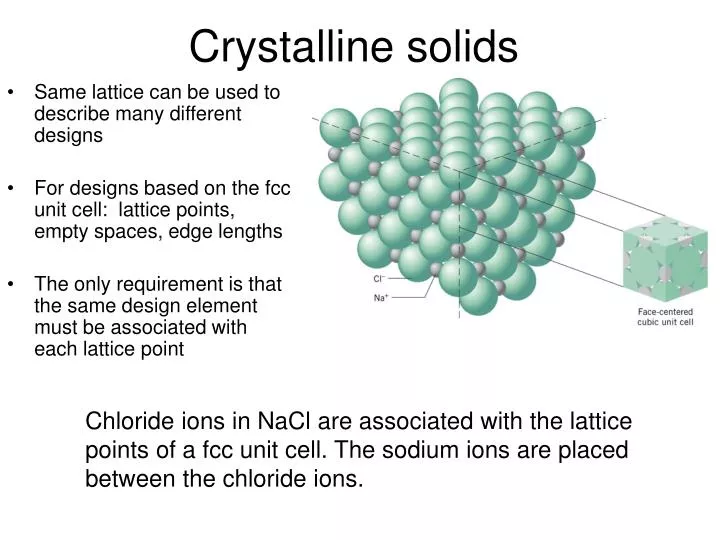

The Cif2VRML application is written in the Delphi programming language and allows for one-click creation of 3D printable files from CIFs. The NIH 3D Print Exchange web tool uses Chimera and Blender scripts that automatically process crystal structures into 3D printable files.
JMOL CRYSTALLINE SOLID WINDOWS
There are currently only two methods available for programmatic conversion of a crystal structure into a 3D printable file including the NIH 3D Print Exchange web tools developed by Coakley and coworkers at the NIH and the stand-alone Cif2VRML Windows application developed by Kaminsky. Providing quick access to 3D printable crystal structure files removes the barriers associated with file manipulation and conversion, which makes it easier for educators and researchers to 3D print crystal structures. As there are hundreds of thousands of crystal structures currently available in open access databases such as the Crystallography Open Database (COD), it would be ideal to automate the conversion of crystal structures (CIFs) from these databases into 3D printable file formats.
JMOL CRYSTALLINE SOLID MANUAL
In short, manual conversion of crystal structures into 3D printable file formats can be a tedious and time consuming process.
JMOL CRYSTALLINE SOLID SOFTWARE
holes, overlaps) and verified for compatibility with 3D printer software before printing. Lastly, files may need to be repaired of any inconsistencies in the surface of the 3D model (e.g. Once the desired crystal structure representation is achieved, the structure is typically exported as either a stereolithography file (STL) for single color 3D printing or a virtual reality modeling language file (VRML) for multi-color printing. For example, it may be necessary to display the atoms as spheres, delete unwanted molecules, or generate a unit cell. In general, the crystal structure is first opened in a crystallographic viewing program where the structure representation is adjusted to preference. ĭigital 3D printable crystal structure files can be manually created from standard crystallographic information files (CIF) using a variety of open source, free, and commercial software packages. As such, numerous researchers have recently used 3D printed crystal structures to advance their teaching and research.

Perhaps the greatest advantage is that 3D printing is capable of fabricating extremely complex molecular structures that would be difficult or impossible to create with traditional molecular model fabrication techniques. plastic molecular model kits, Styrofoam balls, beads). Three-dimensional (3D) printed crystal structures offer several advantages over traditional molecular model constructs (e.g. The 3D file dataset and Jmol 3D Print website will find wide use with researchers and educators seeking to 3D print chemical structures, while the scripts will be useful for programmatically converting large database collections of crystal structures into 3D printable files. 3D file data, scripts, and the Jmol 3D Print website are provided openly to the community in an effort to promote discovery and use of 3D printable crystal structures. The 3D Print website also allows users to convert their own CIFs into 3D printable files. Further, any crystal structure (>350,000) in the COD can now be conveniently converted into 3D printable file formats using the Jmol 3D Print website created in this work. Over 30,000 crystal structures were programmatically converted into 3D printable files, allowing users to have quick access to a sizable collection of 3D printable crystal structures. Further, a searchable Jmol 3D Print website was created that allows users to both discover the 3D file dataset created in this work and create custom 3D printable files for any structure in the COD. Potential solutions to these challenges are considered and discussed. The resulting data file conversion of the 30,000 CIFs proceeded as expected, however some inconsistencies and unintended results were observed with co-crystallized structures, racemic mixtures, and structures with large counterions that led to 3D printable files not containing the desired chemical structure. ResultsĪ collection of over 30,000 crystal structures in crystallographic information file (CIF) format from the Crystallography Open Database (COD) were programmatically converted into 3D printable files (VRML format) using Jmol scripting.

To overcome this limitation, we developed a programmatic method that allows for facile conversion of thousands of crystal structures directly into 3D printable files. Current manual methods of converting crystal structures into 3D printable files are time-consuming and tedious. Three-dimensional (3D) printed crystal structures are useful for chemistry teaching and research.


 0 kommentar(er)
0 kommentar(er)
